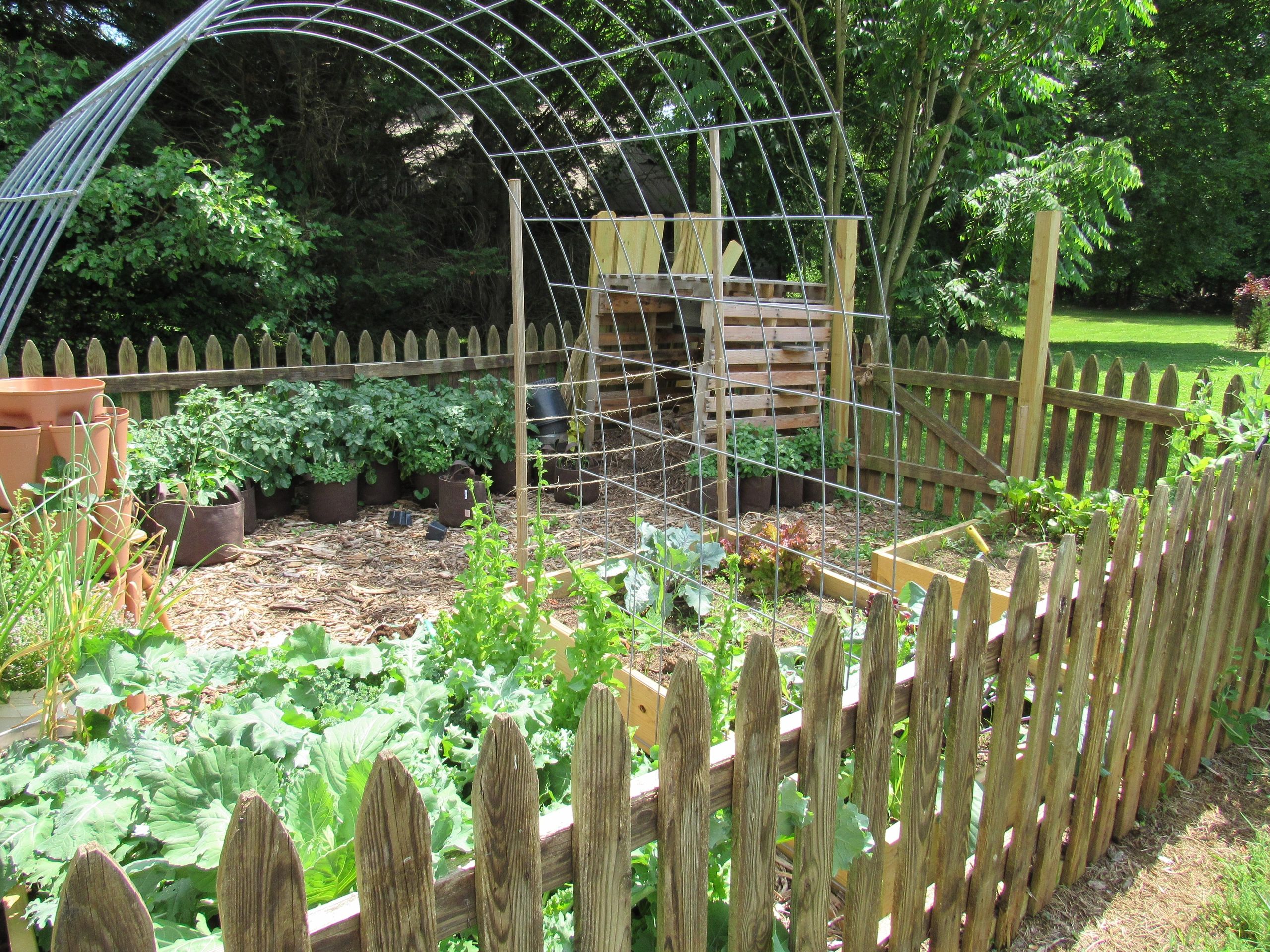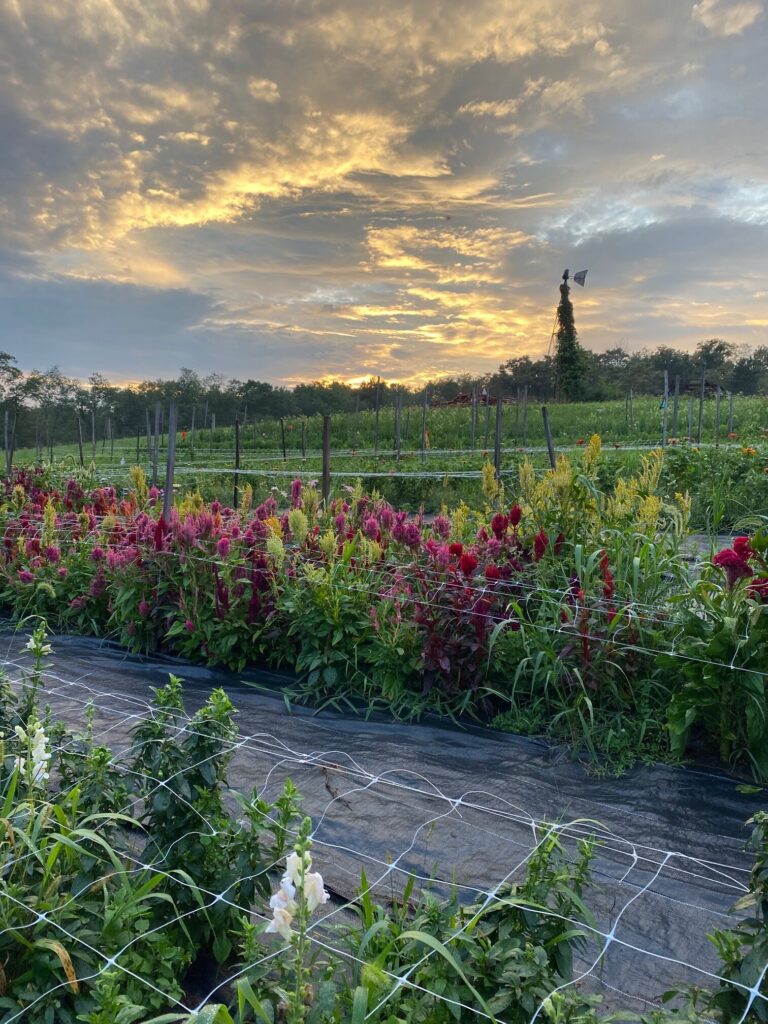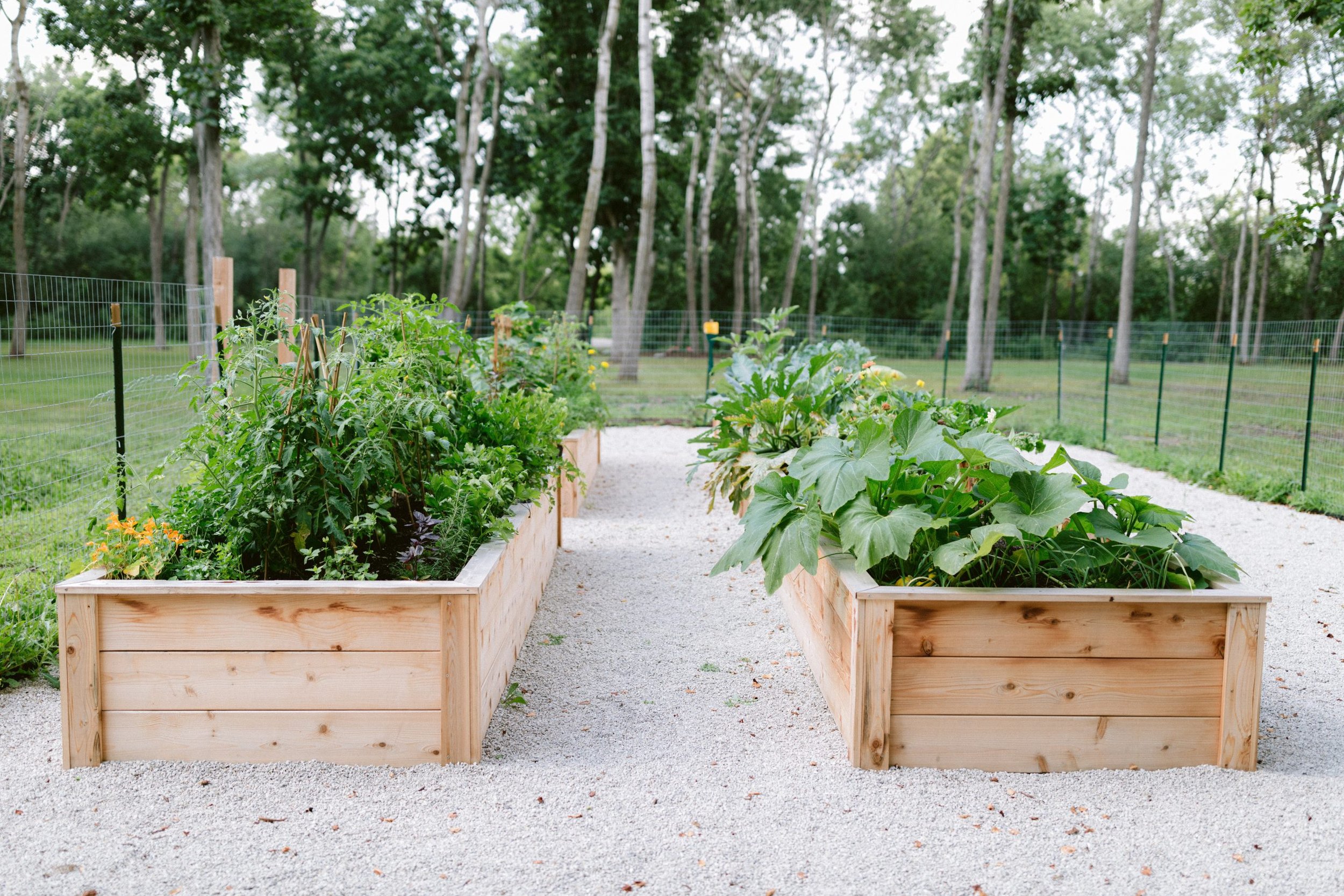Handy Tools and Hacks for Homestead Gardening
Handy Tools and Hacks for Homestead Gardening
Blog Article
Learn Just How to Grow a Growing Horticulture Setting for All Skill Levels
Creating a flourishing yard is a multifaceted venture that can be accepted by people at any type of skill level. By examining vital parts such as dirt health, suitable plant choice, and seasonal care routines, one can create a sustainable gardening technique that generates enjoyable outcomes. Understanding just how to examine and improve your garden room lays the structure for success. Yet, the details of carrying out these principles often existing difficulties that can discourage also one of the most enthusiastic amateur. What strategies can be used to conquer these barriers and promote a truly successful environment?
Recognizing Your Yard Space
In the world of horticulture, comprehending your yard room is critical to growing a growing landscape (Homestead Gardening). The initial step in this undertaking involves evaluating the certain features of your plot. Elements such as dirt structure, sunlight exposure, and drain play important roles in identifying the viability of your yard for various types of plants
Begin by performing a soil examination to analyze pH levels and nutrition material, which will certainly inform any type of needed modifications. In addition, observe just how much sunshine your area gets throughout the day. Various plants have varying light demands; some prosper completely sunlight, while others like complete or partial color.

Last but not least, review the available area and plan appropriately. This includes considering plant elevations and infected make sure appropriate space for growth without congestion. By gaining a comprehensive understanding of your yard room, you set the foundation for an effective horticulture experience.
Selecting the Right Plant Kingdoms
Selecting the right plants for your garden requires mindful factor to consider of different aspects, consisting of climate, soil problems, and personal choices. Begin by examining your neighborhood climate, as specific plants grow in certain temperature ranges and climate patterns. Exotic plants may not make it through in colder areas, while hardy perennials can endure harsh winter seasons.

Consider your personal preferences, consisting of aesthetic charm and maintenance degrees. Choose whether you favor dynamic blossoms, lush foliage, or edible crops. In addition, element in the moment and initiative you agree to purchase plant care, as some ranges demand even more attention than others.
Finally, assume about the yard's layout and light exposure. Sunshine patterns throughout the day will certainly influence your options-- some plants call for complete sun, while others prosper in shade. By attentively assessing these aspects, you can develop a unified and productive garden tailored to your atmosphere and preferences.
Crucial Gardening Devices
A fully equipped gardener can substantially enhance their gardening experience and end results. Crucial horticulture devices are fundamental to growing an effective garden, no matter of ability degree. A tough spade this content is invaluable for excavating and transforming dirt, while a trowel enables for accurate planting and transplanting of smaller plants.
Trimming shears are essential for keeping plant health and wellness by eliminating dead or thick branches, promoting better air circulation and development. Furthermore, a hand rake works for clearing particles and aerating the soil, guaranteeing optimal problems for plant roots.
Gardening gloves shield hands from thorns, sores, and chemicals, making them a crucial accessory. A watering can or hose with a flexible nozzle makes sure that plants receive ample dampness without overwatering.
Last but not least, take into consideration purchasing a tough wheelbarrow for transporting dirt, plants, and tools around the yard effectively. By assembling a top quality toolkit that includes these crucial products, garden enthusiasts can deal with various jobs with confidence and convenience, paving the means for a flourishing horticulture environment. Bear in mind, the right tools not just improve performance but likewise boost the general satisfaction of the gardening procedure.
Soil Preparation and Maintenance
Quality soil is the structure of a successful garden, making proper prep work and maintenance vital for healthy plant growth. The initial step in soil preparation includes testing its pH and nutrient levels. This can be accomplished via soil testing sets readily available at gardening facilities or via professional services. Based upon the examination results, amendments can be made to optimize soil conditions for certain plant needs.
Incorporating raw material, such as garden compost or well-rotted manure, is essential for improving soil structure and fertility. This not just enhances nutrition accessibility however likewise advertises helpful microbial task. In addition, correct drain is important; hefty clay soils might call for the enhancement of sand or perlite to improve oygenation.
Normal upkeep of dirt wellness consists of mulching, which saves wetness and suppresses weeds. Rotating plants each year assists avoid nutrient depletion and reduces parasite and condition threats. It is likewise essential to avoid over-tilling, which can interfere with dirt structure and harm helpful organisms.
Ultimately, a regular dedication to soil prep work and upkeep will bring about a flourishing yard, making sure that plants receive the essential nutrients they require for robust development and efficiency.
Seasonal Treatment and Monitoring

In springtime, focus on growing brand-new seeds and seed startings, while likewise performing soil examinations to change nutrient shortages. On a regular basis look for illness and pests, as these can proliferate with the warming climate. Summertime needs consistent watering and mulching to preserve moisture, click to read more along with trimming for far better air flow.
As fall approaches, it's time to prepare the garden for inactivity. This includes gathering plants, cleansing up debris, and using a layer of mulch to secure plant origins from frost. Consider planting cover plants to this improve the dirt during the winter season.
Check frameworks like greenhouses for damages and guarantee appropriate insulation for sensitive plants. By adapting your gardening methods to the seasonal cycles, you can cultivate a prospering setting that sustains plant health year-round.
Verdict
In conclusion, cultivating an effective garden requires an extensive understanding of vital concepts such as dirt make-up, sunshine direct exposure, and proper plant option. Carrying out reliable dirt preparation and maintenance strategies, together with using the right tools, promotes an optimal growing setting. Normal seasonal treatment and monitoring techniques additionally improve plant health and wellness and productivity. By adhering to these fundamental standards, individuals in any way skill levels can attain a growing garden that contributes to both visual satisfaction and environmental sustainability.
Selecting the right plants for your garden requires mindful consideration of various aspects, including environment, soil conditions, and individual preferences. Conduct a dirt test to determine pH degrees and nutrient material, which will assist you in selecting plants that will certainly thrive in your yard.Finally, take into consideration investing in a tough wheelbarrow for delivering soil, plants, and devices around the garden efficiently.Quality soil is the structure of a successful yard, making proper preparation and upkeep essential for healthy and balanced plant development. Homestead Gardening.In final thought, growing a successful garden calls for an extensive understanding of crucial principles such as soil structure, sunshine exposure, and proper plant selection
Report this page